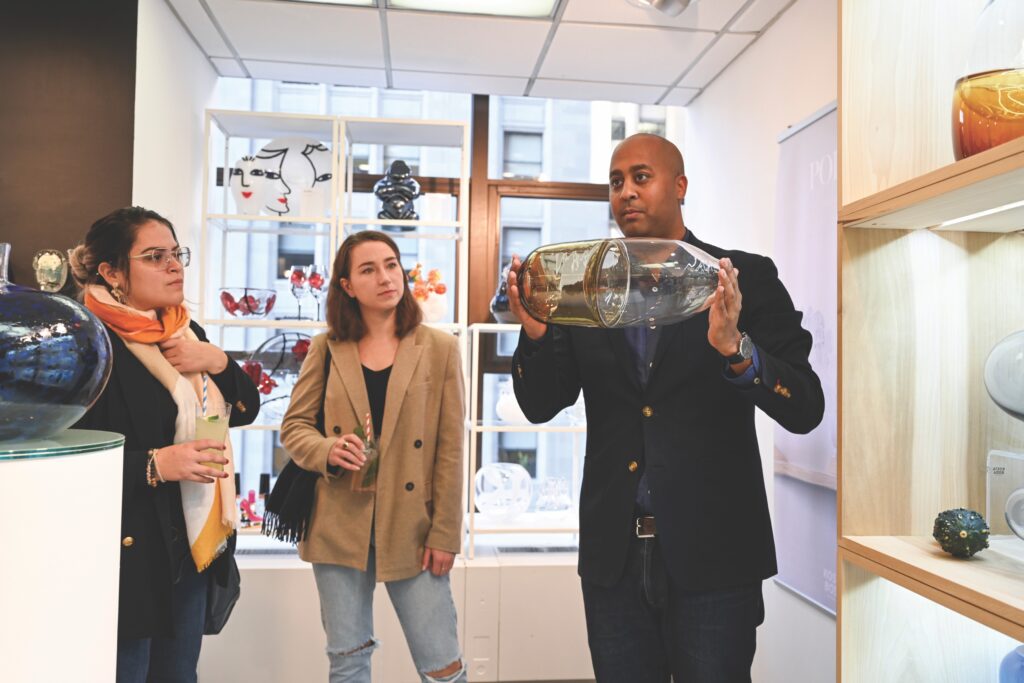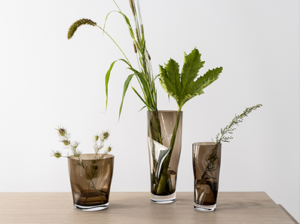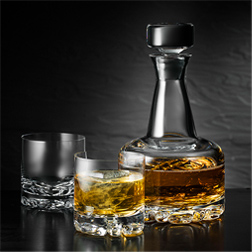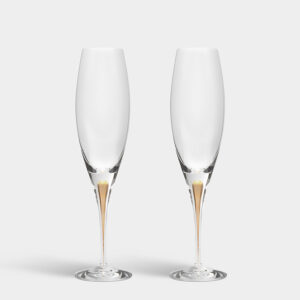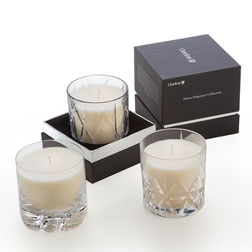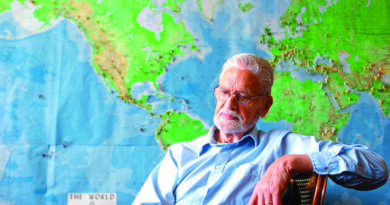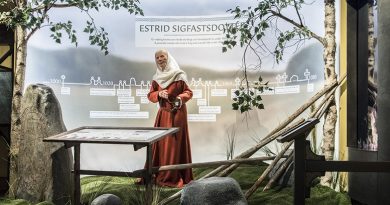The Future is Crystal Clear
By Kajsa Norman
For as long as he can remember, Emon Maasho has been passionate about hard work and continuous improvement.
“I grew up in Älta outside of Stockholm where soccer and ice hockey were huge. While my friends played sports, I worked,” he recalls.
At the age of 14, Maasho became Pizza Hut Sweden’s youngest employee. “My parents even had to sign a special permission slip allowing me to work,” he says. At the age of 16, he started washing dishes at Andy’s Lekland, an indoor playground and café. Maasho surprised his older colleagues by suggesting operational efficiency improvements and he was quickly promoted within the organization. By the age of 23 he was CEO, responsible for over one hundred employees across four locations.
“I felt I had accomplished what I could in that role and told the owner it was time for me to do something else,” says Maasho.
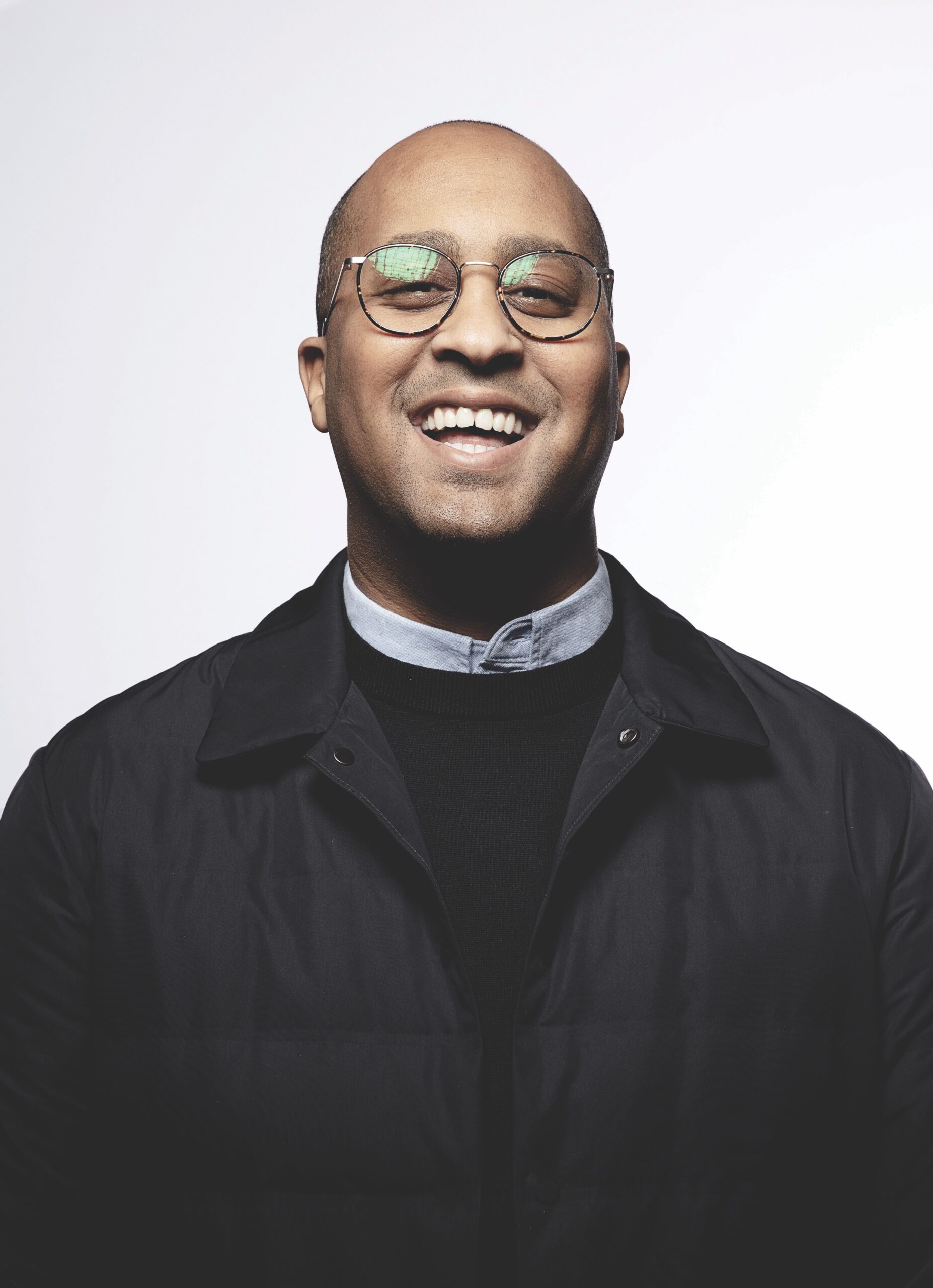
He had envisioned taking some time to travel but was presented with an intriguing offer by the owner, Torsten Jansson, who asked Maasho to join Craft sportswear, another company in his portfolio.
“Craft was, and still is, a very successful brand, but I’ve always been more attracted to problembarn – brands that are struggling, where something needs fixing,” says Maasho.
Back in 2013, the black sheep in the New Wave Group portfolio was Orrefors & Kosta Boda. The glassworks were closing down and while production was in fact being moved to Kosta, the media made it seem like both the town of Orrefors and the brand were in for a certain death.
“It was sad to watch! Our crystal brands are national treasures and a part of Swedish history, so I asked Torsten if I could join Orrefors & Kosta Boda,” says Maasho who was put in charge of a new division, Hotel & Restaurant, and shortly thereafter promoted to Director of Corporate Sales
Developing exciting partnerships with organizations such as the Swedish Grammy Music Awards, the Polar Music Prize, and Volvo Cars, Maasho and his team dramatically increased the size and profitability of the corporate division. At the 7-year-mark, Maasho asked for a new challenge; to lead the North American subsidiary.
“Orrefors & Kosta Boda had been through tough times in the US ever since the 2008 financial crisis. Many small businesses who carried our brands went bankrupt and didn’t come back. Meanwhile some of our major partners like the department stores closed hundreds of outlets across the country in the decade that followed. Things were looking bleak,” says Maasho, who arrived in New York City in the fall of 2019 with only a few months to find his bearings before the pandemic hit. He started as he always does, by reviewing the foundations of the business and asking existing employees for input.
“All of our employees have a long history with the company. One member of the customer service team has been with Orrefors for over 30 years. Nobody knows the business better than her,” he says.
Maasho sat down with each employee to discuss what they would do differently. For the staff, the informal Swedish leadership style was unusual to say the least.
“Some of the employees were surprised to see me vacuuming the showroom ahead of important client meetings instead of asking someone else to do it,” Maasho recalls.
But while he flattened the structure of the organization, Maasho took firm control of the product management strategy, repositioning Orrefors and Kosta Boda as premium brands.
“We have amazing products that demand a certain space and distribution channels,” he says, pointing to the impressively displayed crystal collections in the high-end showroom on Madison Square Park in the heart of Manhattan.
The approach worked. In the midst of the pandemic, when many companies were struggling, Orrefors Kosta Boda managed not only to survive but to thrive. Maasho partnered with high-end stores like Bloomingdales and Neiman Marcus. Today, upscale NYC restaurants such as Aquavit, Aska, Björk, and Hav & Mar all use Orrefors glassware. Soon the brands became sought-after pieces in the world of interior design with celebrities like Drake and Kim Kardashian showing off their pieces on social media.
“Since January 2020, we’ve grown by 45 percent, become more profitable and we’re currently in the process of hiring more people,” says Maasho.
Continuing to grow brand awareness across the American market will remain a key strategic focus.
“In Sweden, we have such a head start because everybody knows who we are and what we stand for. That is not yet the case in North America, so we have to take the time to introduce ourselves and our brand values.”
That said, Maasho is impressed with the openness North American partners have demonstrated.
“Our values, for example our focus on sustainability, are in line with the times,” he says.
In the 1970s, Orrefors was one of the first glassworks in Europe to remove lead from their crystal, and the company strives to become increasingly environmentally friendly. No glass is discarded – it’s reused in new products. That has always been the case with transparent glass, but now even colored glass is reused. In the fall of 2023, Orrefors is planning a new collection made entirely from recycled glass and they are now transitioning to a more sustainable packaging. For each tree used to make gift boxes, a new tree is planted.
In 2023, as Orrefors celebrates 125 years as a brand and 100 years of US operations, Maasho celebrates ten years with the company, but his journey is far from over.
“There are over 300 million people in the United States, but we still have more customers in Sweden than we do here. That has to change before I move on to the next chapter of my journey,” he says.
Photos: Orrefors & Kosta Boda

